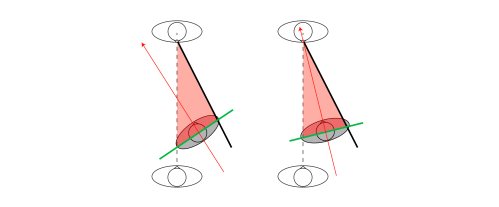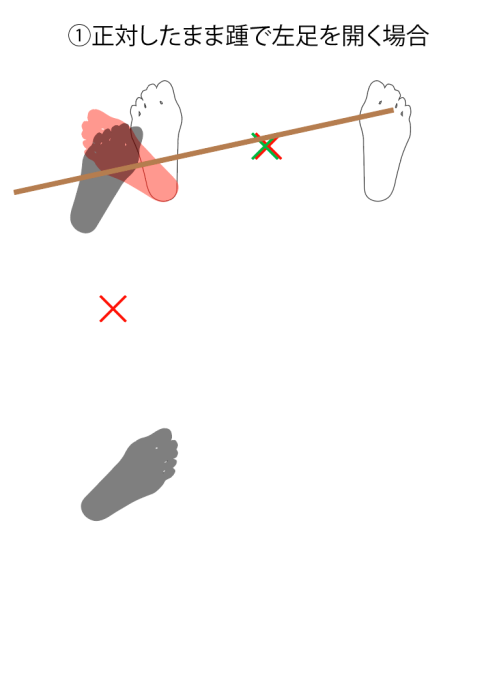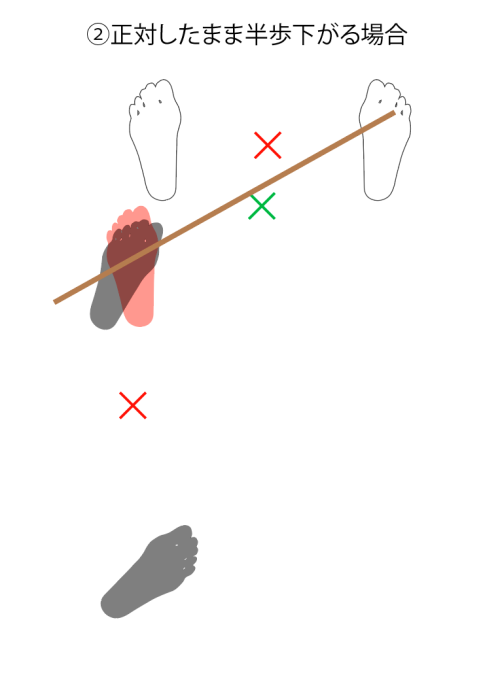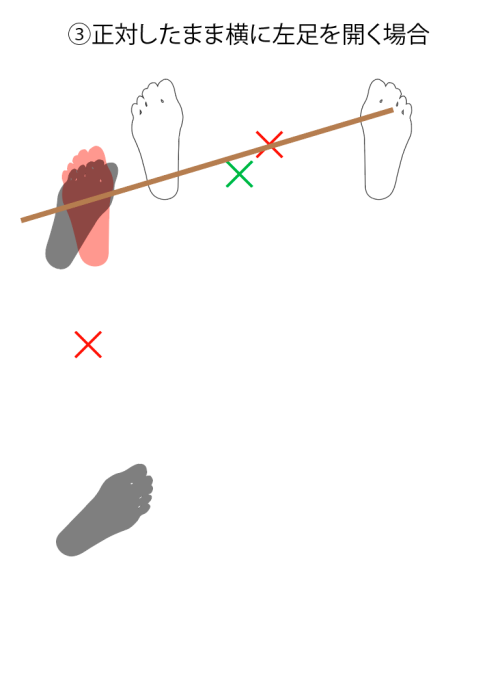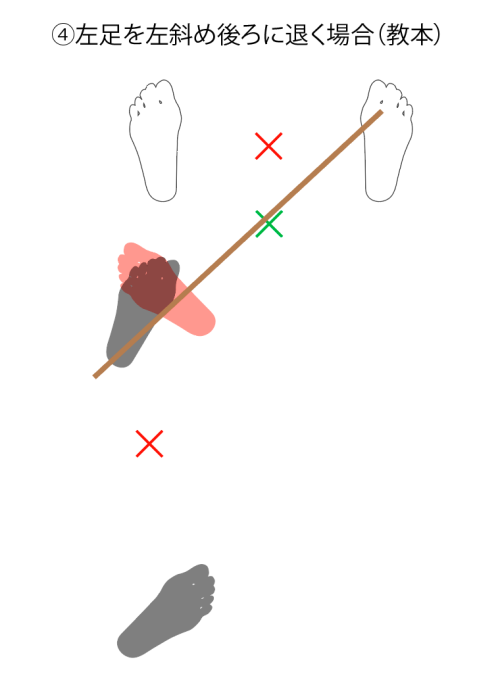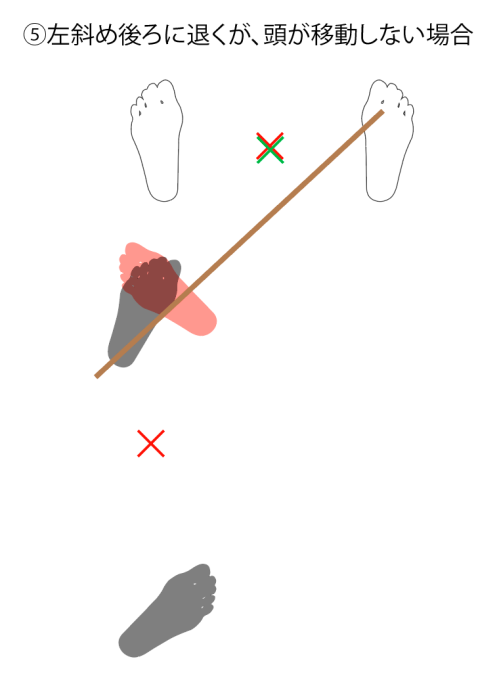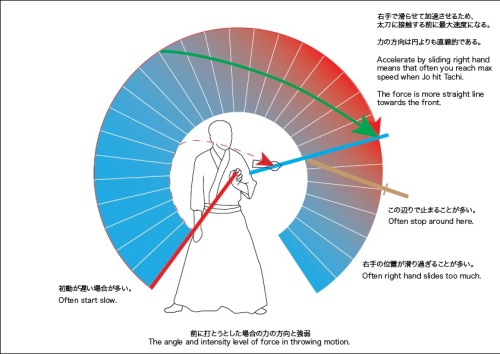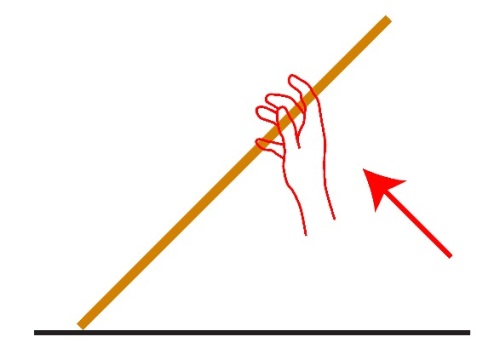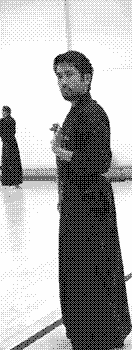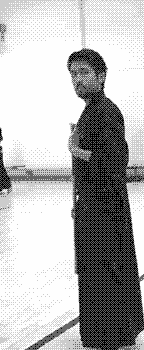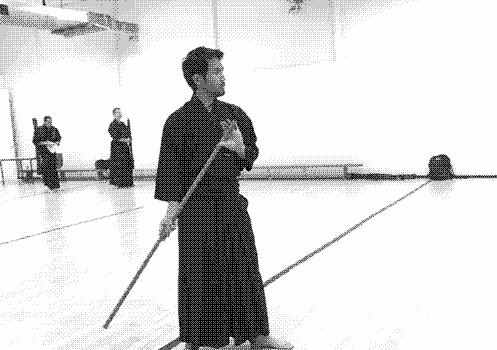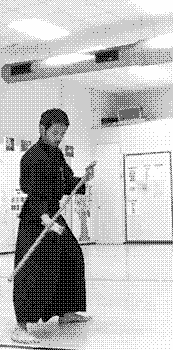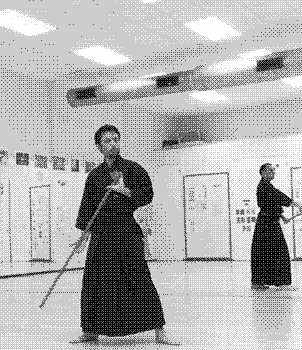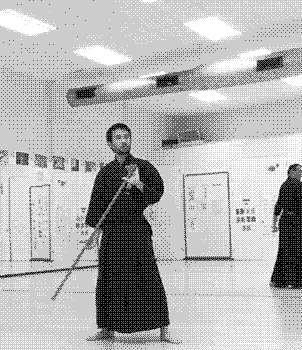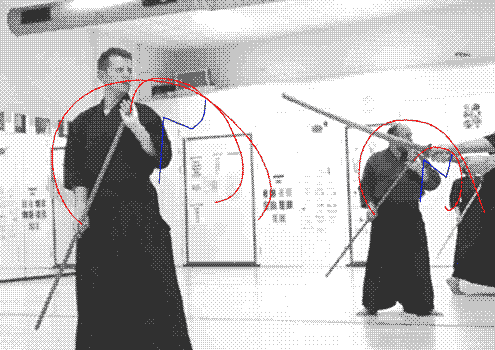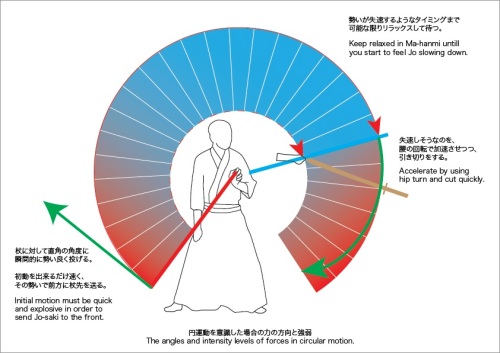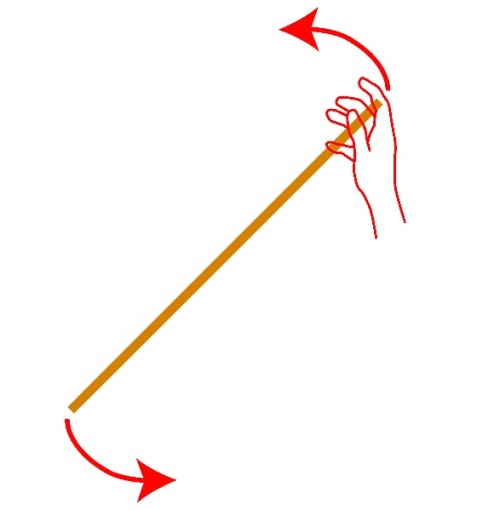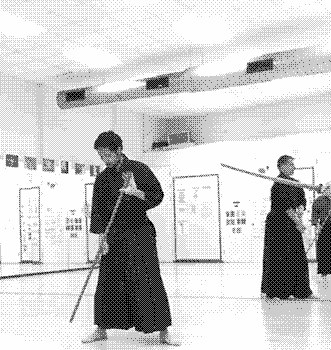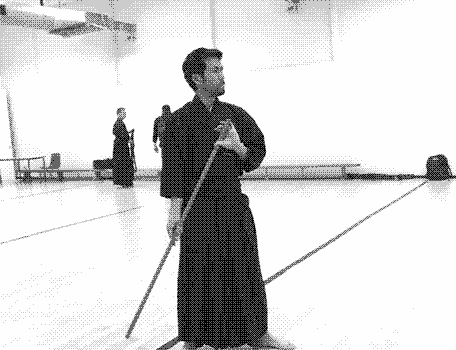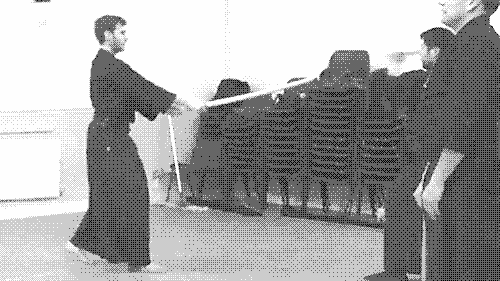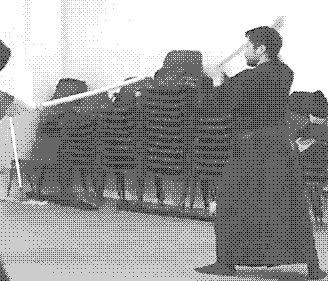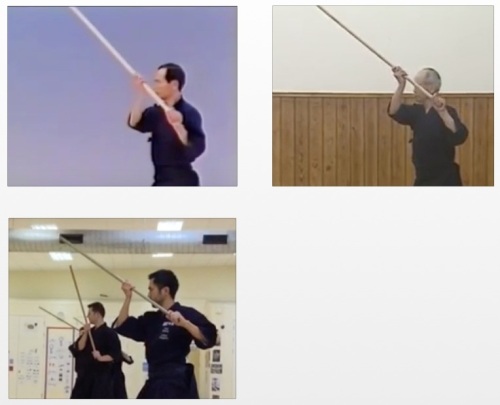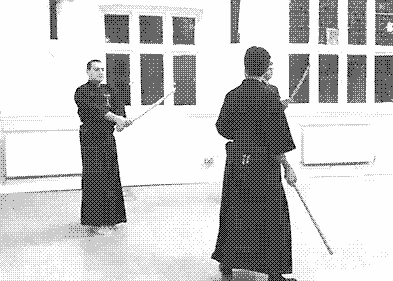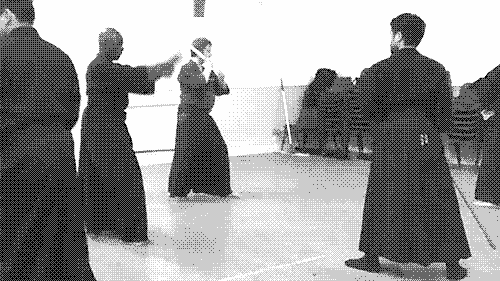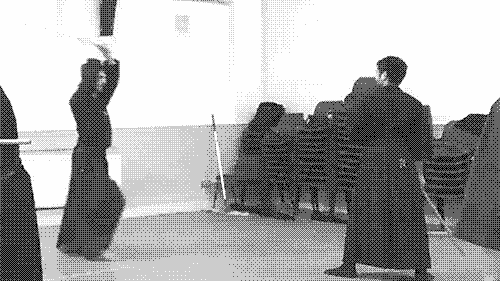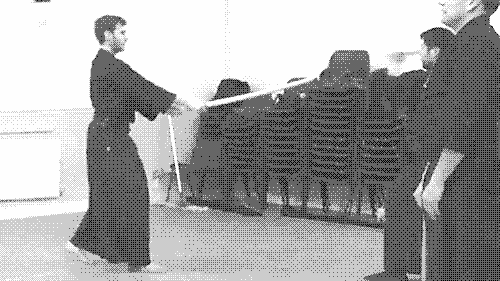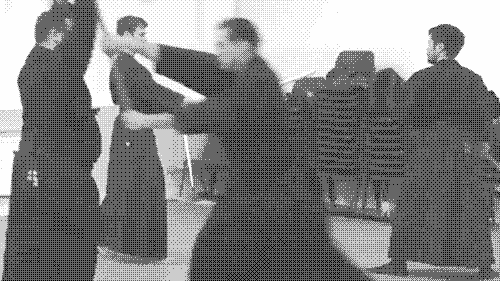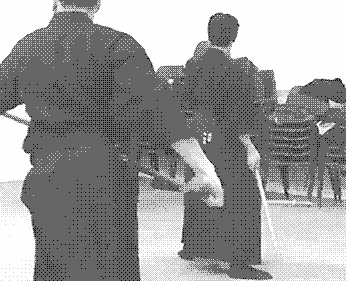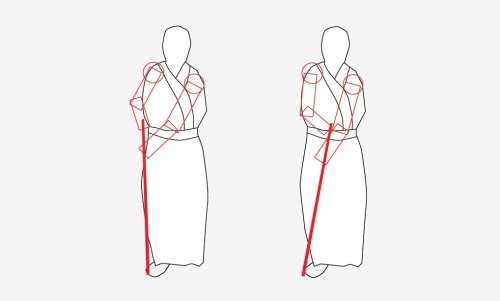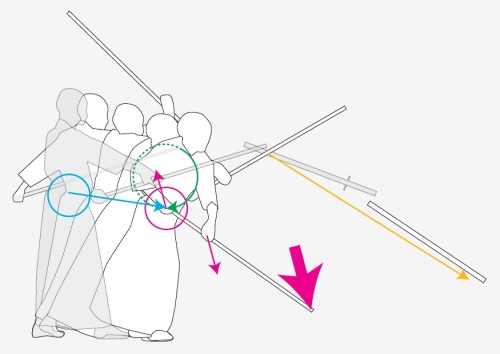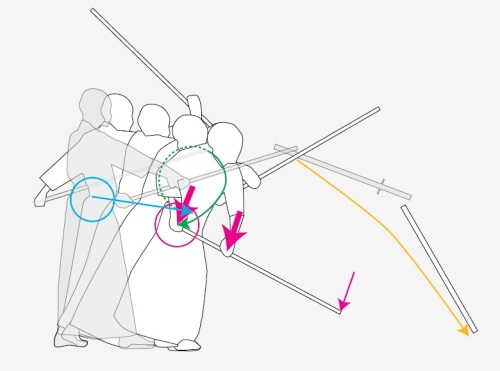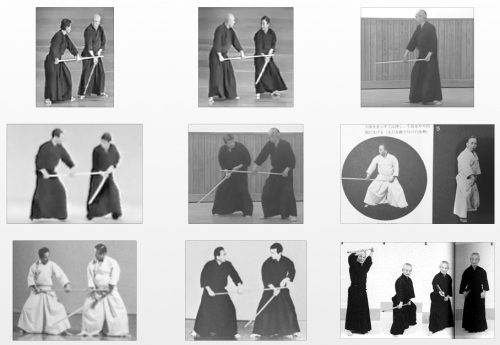柏道場の出稽古は楽しかった。単独動作やって、それから1時間くらいオリと引落打、逆手打や繰付の打ち込み稽古。形の稽古はしなかったけど、基本技を組み合わせたのが形なんだから、基本が出来れば形なんて順番を覚えるだけだ。英国に帰国してから初の撮影でもある。改めて自分の動きを見て、彼の動きを見て、何が変化して、何が失敗に繋がったのか、再確認しました。
Practicing basic techniques at Kashiwa dojo was fun. I should really have filmed as soon as I came back from Japan though… because
というか、全部間違っていると言いたい。
IT WAS ALL SO WRONG!
やっぱりイギリスに戻ってからすぐに、撮影するべきだったと後悔している。2ヶ月経って、少し変な癖が付いている。前々回の稽古までは綺麗に出来ていた引落打だったが、失敗したな。三脚持っていくべきだった。
まず失敗の原因について、動画を参考にしながら書こうと思う。
自宅で練習するときに、私は3ヶ所に分けていた。これがまず手の内の失敗に繋がってしまった。分けることで確認出来ることは、太刀に接触した時の右手の位置や自分の姿勢。そこから「手の内を使って切り落とす」動作は、私の場合やらない方がいい。右手に力が入り過ぎて滑らないからだ。
I separated in 3 parts at home trainings. This caused a problem in my Tenouchi. It was good to remember the position of my hands when Jo meet Tachi but, I personally shouldn’t try strike from here. Because I often don’t slide my right hand.
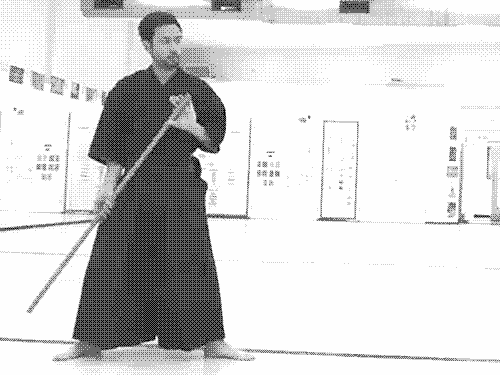
オススメしません Don’t practice at home like this.
あまりにも「接触→切り落とし」ばかり考えていると、私の場合、両手を握ってしまいがちである。これは避けなければならない。例え太刀に接触するのが理想的でも、ココから下に落としては効かない。円運動である。このイラストを見て私の言いたいことが理解出来るだろうか。どう失敗に繋がるかというと、右手が伸びきったままだと、後ろ足の膝が伸びて、踵が浮く。引っぱられて前傾してしまうのだ。まあ、後ろ足を引きつければこれは解消するけど、あんまり引きつけること考えていると片足で打つことになるから、考え直す必要がある。イラストがどこまで正しいかどうかは知らない。一体何が一番無理がなく自然で、効果的に打てるのか、まだまだ考える箇所が一杯だ。
So, don’t grip. It will stop and won’t cut. I’ve made some illustrations of how I want to strike. One thing I can say is that don’t just drop Jo-saki. It’s a circular motion. You often need to lift your heel up to compensate the problem or pull foot forward but, this will make you strike with one foot. I still believe you have to have a very good stable posture to make strong strike. One foot is not what I’m looking for.
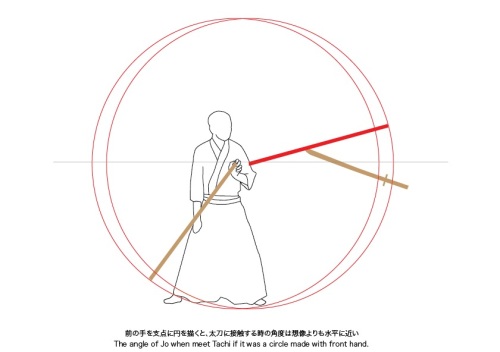
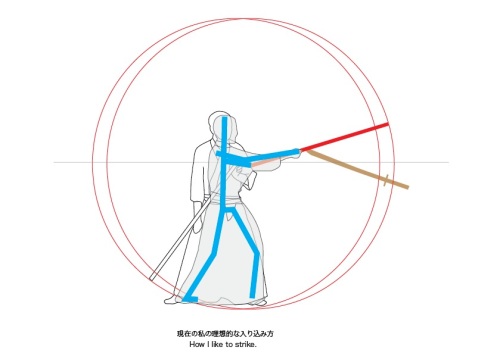
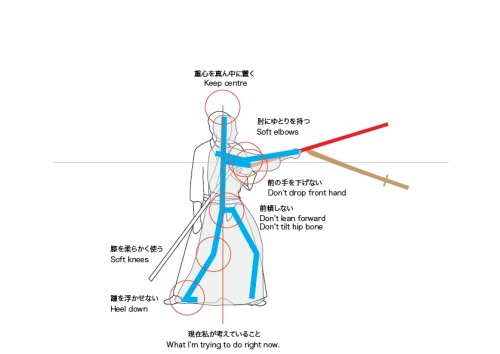
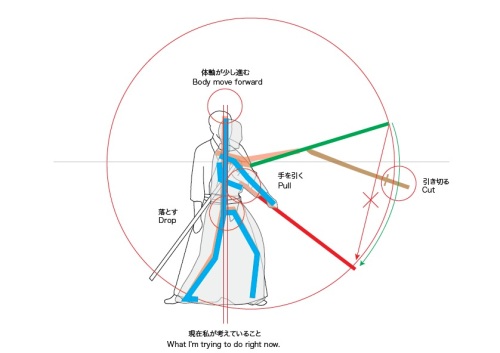
ちなみに、もし分けて練習するなら【上げて/下げて】の2動作に留めるべきだと思う。腰で打ち込むときに、どのタイミングで手の内を効かせるかというポイントを考えるべきだ。もちろん、全部1動作でやる方が良いけど、天井に打つかったりするので注意!私の家は狭い。
By the way, if you ever wanted to separate Hikiotoshi movements to practice, I recommend in 2 parts. Up and down, Ma-hanmi to Yaya-hanmi and learn the timing of Tenouchi. I’m sure it’s best to do it all in 1 motion but, I often hit ceilings so watch out…
ついでに、よくある失敗例も描いてみた。
I’ve made another sets of illustrations for how I used to make mistakes. This often doesn’t work. Or if it does, it’s just been striked with a lot of forces with big muscles, smacking and that’s about it.
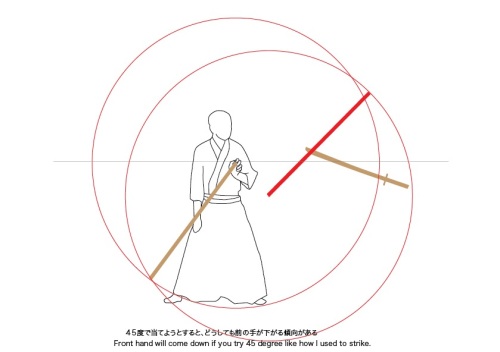
オリの場合は、これは長年教えられた「太刀が杖に当たる瞬間の角度」のイメージの問題だと思う。身長や手の長さの違いによって、この角度が変化するのは理解出来るが、もし杖が左手を支点に綺麗な円運動をしているのなら、杖が太刀に当たるのは最初のイラストの角度であるはずだ。
I had, maybe you have too, the very strong image of when Jo meet Tachi. Mine was about 45 degree like I draw above. It depends on the height, length of arms etc… but, if it was making a clear circle motion with my left hand in the centre, the angle won’t be 45 degree.
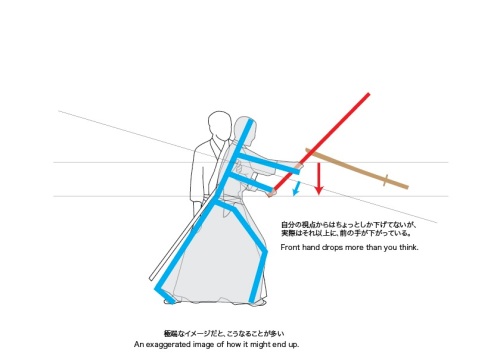
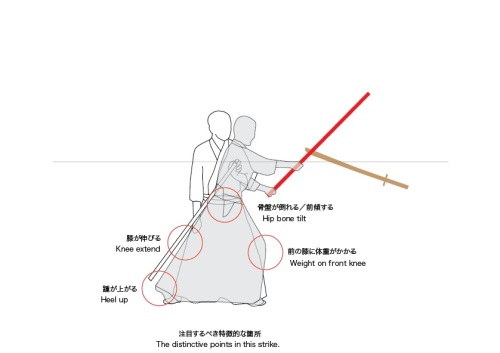
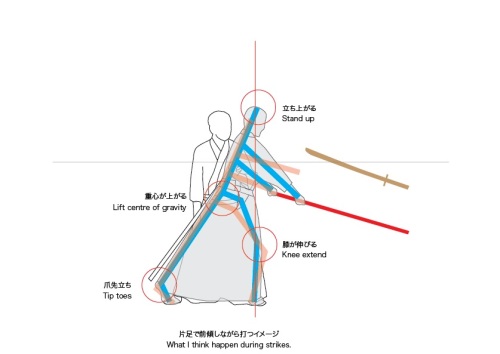
私達が今まで理想としてきた角度は45度に近い。こうするには前の手が一度下がる必要がある。それなのに「前の手を下げるな」と指導されるので、どうしようもないのだ。結果、前傾するしかない。というか、「下げてない!」と思っても、自分が下がっているので、実は下がっている。
In order to make 45 degree angle when Jo meet Tachi, my front hand must come down. However everyone tell me to DON’T DROP FRONT HAND! . Most of people lean forward to do this and think “I’m not dropping my front hand!” but when you look from side, you drop your hand a lot. Keep your posture straight. How do you think you can strike hard from learning forward on one foot like that!? I don’t know what you think but I don’t think this works.
それと、後ろ足が抜けると、こうなるので注意。
Also, I sometimes do this but, don’t forget your rear foot. You end up like this.
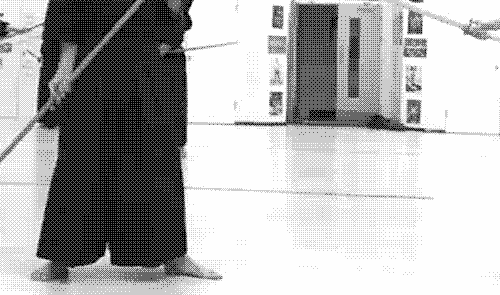
後ろ足が流れる場合。もしくは、前足が左に開き過ぎた場合は、腰が開き過ぎる傾向がある。これを防ぐには踵を踏む必要がある。前足が左に開き過ぎた場合も同様に、似たような事が起こる。何故なら左膝が固定されないからである。これは杖の軌道を変化させる原因になるので、足の角度は非常に重要なポイントだ。
Your hip turns too much when your rear foot turn too much and can’t stop. You can break harder if you try your heel down. That’s what I learnt from my experiences. This also happen if your front foot turn too much as well. Because your front knee can’t lock and collapse. These won’t keep Jo’s Hasuji straight and escape to sideway. You know the results.
左手も大事だけど、右手が高く挙がらないと、小さな円になる。つまり太刀に接触するときに手が滑り過ぎていることになるので、注意が必要だ。実際にどうすればいいかというと、あんまり右手を放ったらかしにしないことだ。小指側の3指で締めておけば、振り上げたときにズルズルと下がってこない。あと「杖先を高く」というイメージを大切にすると、上手くいく気がする。月曜日の稽古でやり直しだ。
The front hand is important but so as rear hand. If your rear hand doesn’t rise, the circle you make with rear hand will be small and it means don’t slide a lot. So what you must remember is that you keep the 3 fingers slightly squeezing like in Iaido. Not gripping but make sure it’s sticking to Jo. Then it won’t slide down during Furikaburi. Some Sensei tell you to “Keep Jo-saki higher” and this helps too.
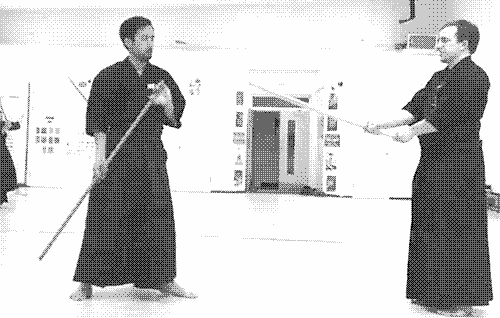
右手小指側の3指をしっかり締めろ! Right hand will drop during the Furikaburi if you don’t use “little/ring/middle” fingers.
道場の床が滑りづらいと、少し気をつけないと後ろ足が自由に動きづらい。また、手の内ばかり気にしていると、腰が綺麗に回らない。結局、手で打たないことを再認識しよう。腰だ!腰で打て!!
逆手打は2つ動画を用意した。片方は前足が前に出るタイミングが早すぎる。それに、まあ、こんなに前に出さなくてもいいのかなと、思うんだけど、それよりも、右手が前に出るタイミングが早いので、出来るだけ同じ位置に留める努力が必要だと思う。
一言で表現するなら、
上半身だけ使って打っているイメージしかない。
I’ve attached 2 Gyakuteuchi here. One of them has my front foot come forward too early. Maybe too much forward too. Anyway, I want to keep my front hand where it is as long as I can. It’s nice to see on video and check what I’m actually doing. But, it still looks like I’m striking with my upper body and I need to find a way to use my legs.
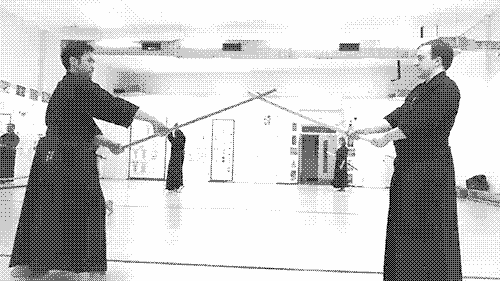
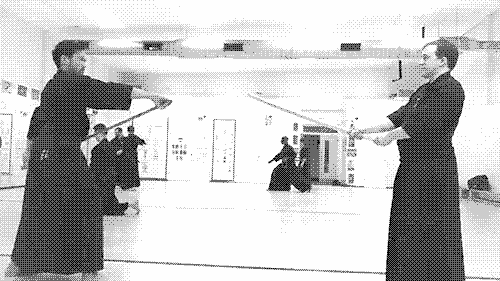
上のとは別の打ち込みの動画だけど、拡大したのを1つ用意した。右肩が前に出過ぎてるのかな?少し引くくらいの気持ちでやったら、何か変わるかな?右手の位置が変わらなくても、太刀を吹っ飛ばすには十分な距離と長さがあるんだから、そんなに前に出る必要はないのだろうか。
Here is another video zoomed. Maybe my right shoulder coming forward too much too early. Maybe something change if I had feeling of pulling. I know, Will know, Oli knows too but the fact Jo doesn’t need to move forward at all and can strike from exactly where it is means that I might need to move forward but Jo doesn’t.
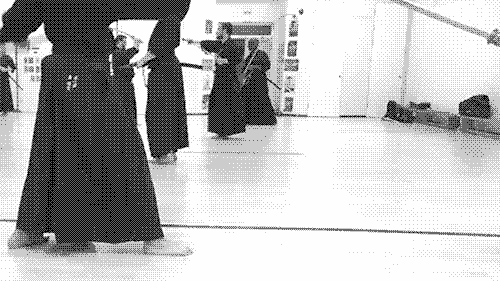
そもそも、右手が前に出るから、左手が前に出れないのだ。引落打も同じだったし、単独動作の本手打とかも、前の手を出すより、後ろの手を挙げて杖先を前に持ってくる方が先だと思う。
I mean, because my right hand move forward, I can’t reach left hand or move forward. It’s the same in Hikiotoshi-Uchi and Honte-uchi. If I move my front hand forward, Jo-saki never comes forward.
ということで、正月で上がったレベルが徐々に下がってきている、もしくは変な方向へ脱線している気がするので、動画で確認しながら、修正していこうと思います。このままではマズイ!月曜は杖道稽古だ!!
Anyway, it was so bad that great study I had. I better remember how I used to strike in Japan. It wasn’t nothing like that! Can’t wait Monday training!!
Read Full Post »
